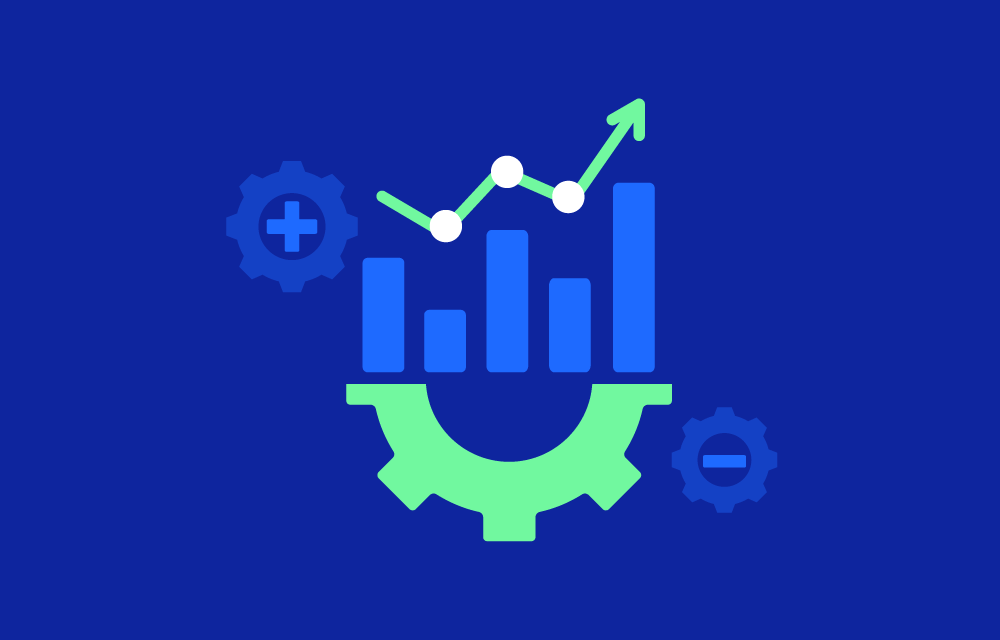History
The concept of cloud accountability has evolved alongside advancements in cloud computing. Initially, organizations focused on leveraging the flexibility and scalability of the cloud. However, as cloud environments became more complex, the need for clear accountability mechanisms grew. The rise of data breaches and stringent compliance requirements further emphasized the importance of accountability. The development of frameworks like FinOps has also promoted accountability by integrating financial management practices into cloud operations.
With cloud computing’s rapid expansion, ensuring accountability has become increasingly vital. Gartner projects that worldwide end-user spending on public cloud services will rise by 20.4%, reaching $679 billion in 2024, up from $591.8 billion in 2023. This substantial growth highlights the essential need for effective cloud accountability measures
Value proposition
Cloud accountability offers several key benefits:
- Enhanced Security: Ensures that data and resources are protected through proper access controls and monitoring.
- Regulatory Compliance: Helps organizations adhere to legal and industry-specific regulations.
- Resource Optimization: Promotes efficient use of cloud resources, reducing waste and lowering costs.
- Operational Transparency: Provides clear visibility into cloud operations, fostering trust and collaboration among stakeholders.
- Cost Management: Enables better tracking and control of cloud spending, helping organizations stay within budget and optimize their expenditures.
- Risk Mitigation: Identifies potential risks and vulnerabilities, allowing organizations to address them proactively.
- Improved Decision-Making: Provides comprehensive data and insights that support strategic and operational decision-making.
Challenges
Implementing cloud accountability comes with several challenges:
- Complexity of Cloud Environments: Managing accountability across diverse and dynamic cloud resources can be difficult.
- Data Silos: Disparate systems can hinder comprehensive visibility and control.
- Evolving Compliance Standards: Keeping up with changing regulatory requirements demands continuous effort.
- Resource Ownership: Assigning and maintaining clear ownership of resources is often challenging, especially when managing shared clouds.
Key aspects of building cloud cost accountability
Key features of effective cloud accountability include:
- Clear Ownership: Assigning responsibility for each cloud resource to specific individuals or teams.
- Comprehensive Monitoring: Implementing tools to monitor resource usage and access in real-time.
- Detailed Reporting: Generating reports that provide insights into usage patterns, compliance, and security.
- Policy Enforcement: Ensuring that organizational policies and compliance requirements are consistently followed.
- Audit Trails: Maintaining logs of all activities to track changes and access for accountability and forensic purposes.
Market
The demand for software solutions is rapidly expanding as organizations increasingly depend on cloud services. This growth is driven by the need for enhanced security, regulatory compliance, and efficient cost management. As organizations scale their cloud operations, the complexity of managing these environments underscores the necessity for robust accountability mechanisms.
According to a report by MarketsandMarkets, the global cloud compliance market size is expected to grow from USD 30.0 billion in 2022 to USD 59.1 billion by 2027, at a Compound Annual Growth Rate (CAGR) of 14.5% during the forecast period. This growth highlights the increasing importance organizations place on maintaining control and transparency over their cloud environments.
The market today offers various tools and platforms designed to help organizations maintain transparency, enforce policies, and ensure compliance. These solutions are provided by both cloud service providers and third-party vendors, each offering features tailored to meet the diverse needs of businesses. The continuous evolution of cloud technologies and the increasing regulatory landscape are expected to drive further innovation and adoption of cloud accountability solutions in the coming years.
List of tools
AWS Cost Explorer: This tool allows you to visualize, understand, and manage your AWS costs and usage over time. It provides detailed insights and forecasts to help you track spending and optimize resource allocation.
Azure Cost Management and Billing: Azure offers a comprehensive set of tools to track and control your cloud spend. It includes budgeting, cost analysis, and recommendations for cost optimization.
Google Cloud Cost Management: Google Cloud’s suite includes tools for monitoring, controlling, and optimizing your cloud costs. It provides detailed billing reports, budget alerts, and cost breakdowns by project or service.
Similar concepts
- Cloud Cost Management: Focuses on tracking, controlling, and optimizing cloud spending.
- FinOps: Financial Operations for cloud, combining financial management with cloud operations to ensure cost efficiency and accountability.
References
- Gartner Report on Cloud Spending
- AWS CloudTrail
- Azure Policy
- Google Cloud Audit Logs
- IBM Cloud Compliance Center
- Oracle Cloud Infrastructure Audit
Further reading/watching
- “Creating the Accountable Organization – A Practical Guide to Improve Performace Execution” by By Mark Samuel
- “Cloud Security and Privacy” by Tim Mather, Subra Kumaraswamy, and Shahed Latif: Explores the security and privacy aspects of cloud computing.
- “Who Done It: Gaining Visibility and Accountability in the Cloud” – SANS Threat Hunting Summit 2018



